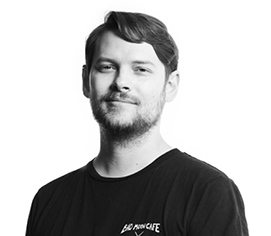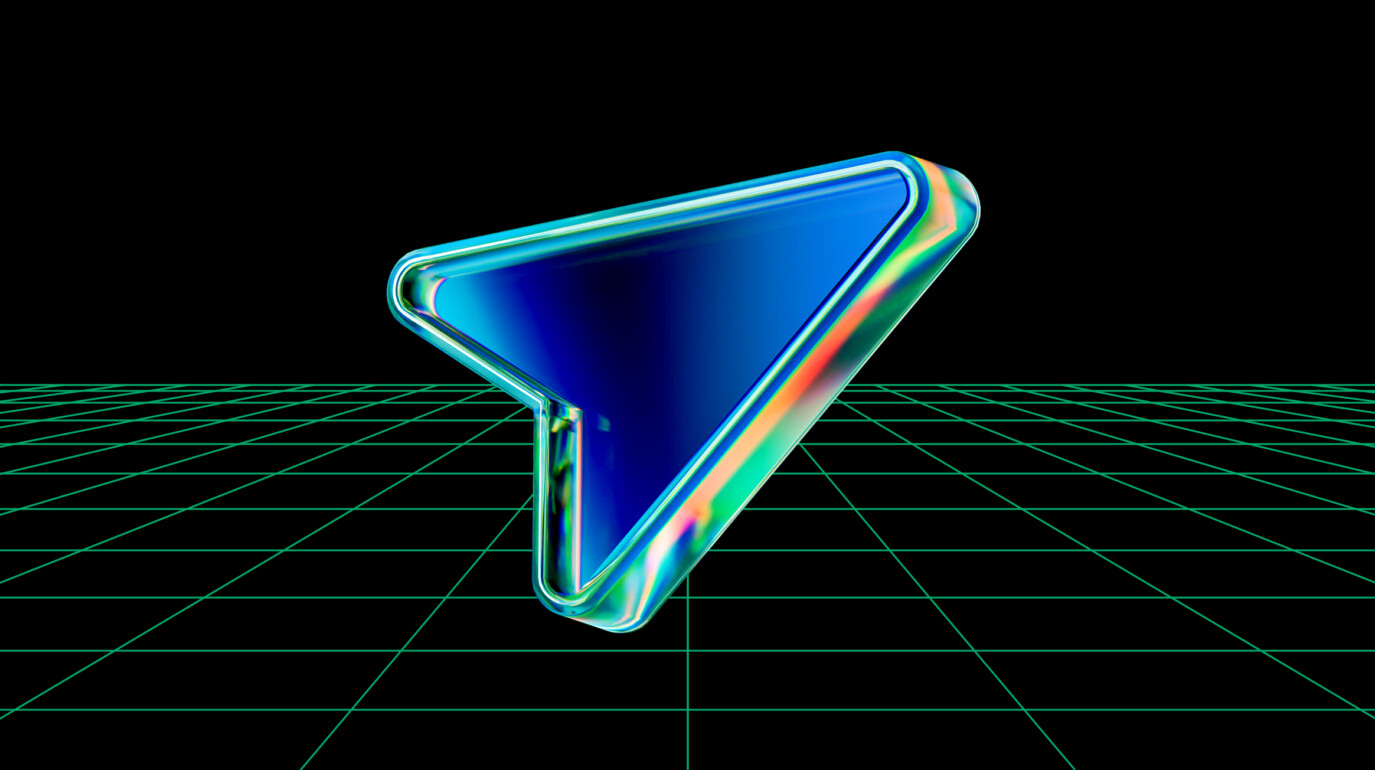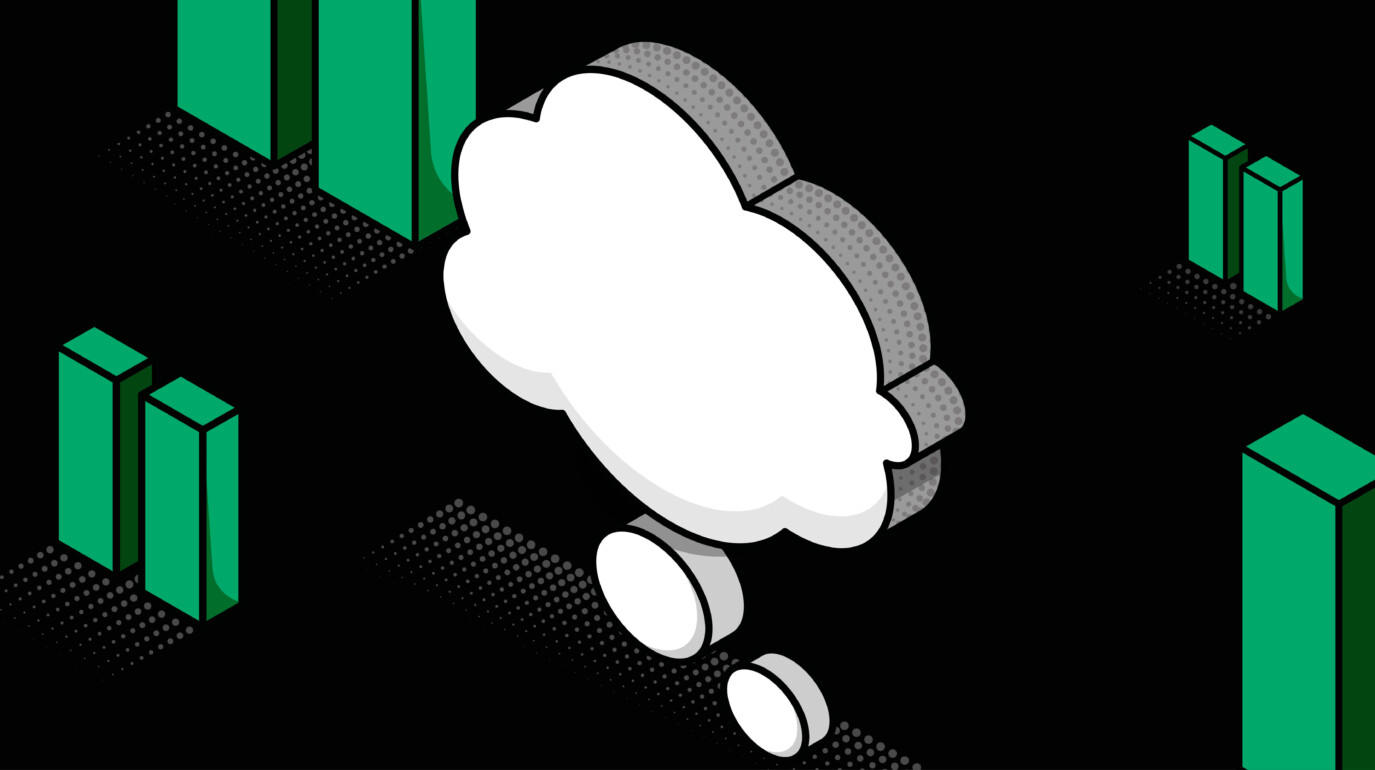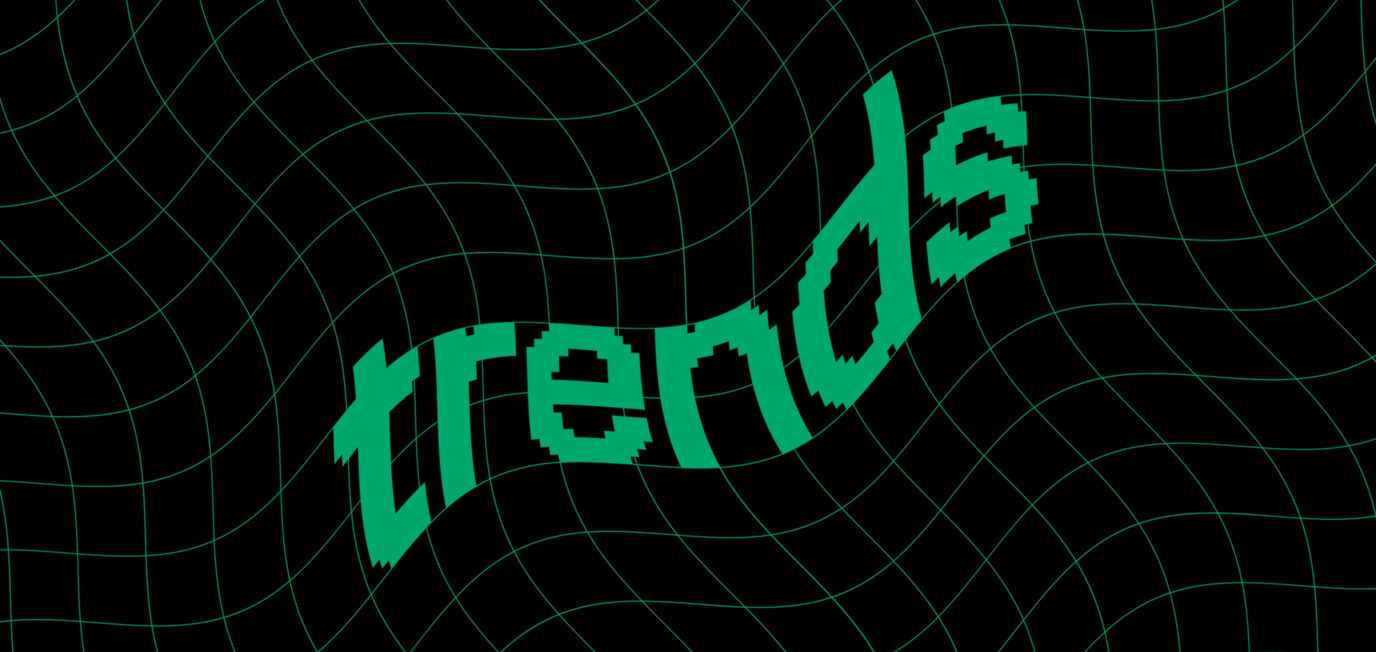
AUTHOR: TOM ALEXANDER
READ TIME: 5 MINS
The pace of change in digital design shows no sign of slowing down. And some shifts – AI, for example – are feeling a touch more seismic than others. Digital Design Director Tom Alexander on the trends shaping the world of digital design and branding today – and where they can give smart brands an advantage.
The narrative around AI’s impact on the creative industry is generally pretty gloom laden. Tech is seen as the OG disruptor, AI the wily new interloper. But as designers and creatives, we should remember that we’re not passive bystanders in some digital apocalypse: our roles are just evolving.
Our challenge is to harness technology’s power to create digital experiences that feel more human, personal and real for our audiences. With this in mind, here are the UX and UI trends shaping the world of digital design in 2025.
1. AI: Things are getting (even more) personal
The days of adding a user’s name to an app’s home screen and calling it ‘personalised’ are over: brands are now crafting digital journeys to meet individual’s needs, anticipate their movements and curate their experience in real-time. Personalisation, once considered the ‘holy grail’ of user experience, has now given way to ‘hyper-personalisation’.
And it’s a trend driven by users: Accenture reports that 91% of consumers are more likely to shop with brands that remember their preferences and make relevant suggestions. At the same time, McKinsey says that a personalised approach to UX/UI design has the potential to increase a brand’s revenue by 40%. It makes sense: if users feel a brand understands them, they’re likely to remain loyal and keep coming back for more.
In digital design terms, AI helps improve user retention by anticipating what people want and how they want it. Not only does this reduce cognitive load for swipe-happy users, but it means interfaces can be more inclusive. Win-win.
2. Dark mode: Lights off (or possibly dimmed down)
The shift to dark mode is pretty undisputed. As well as reducing eyestrain for users, it’s better for battery life, and, perhaps most importantly, people seem to prefer it: a recent study found that 81.9% of Android users choose dark mode over the alternative.
So we should just make every digital product black, right? Not quite.
Every brand’s needs are different and not every project can go full dark mode – not least because of existing lighter colour palettes. But as you’ll see from our work for IP Group, there is a middle ground. For this brand, a muted secondary colour palette paired with large blocks of soft black helps create a rich, dark mode adjacent experience – and leaves the door open for full dark mode in the future.
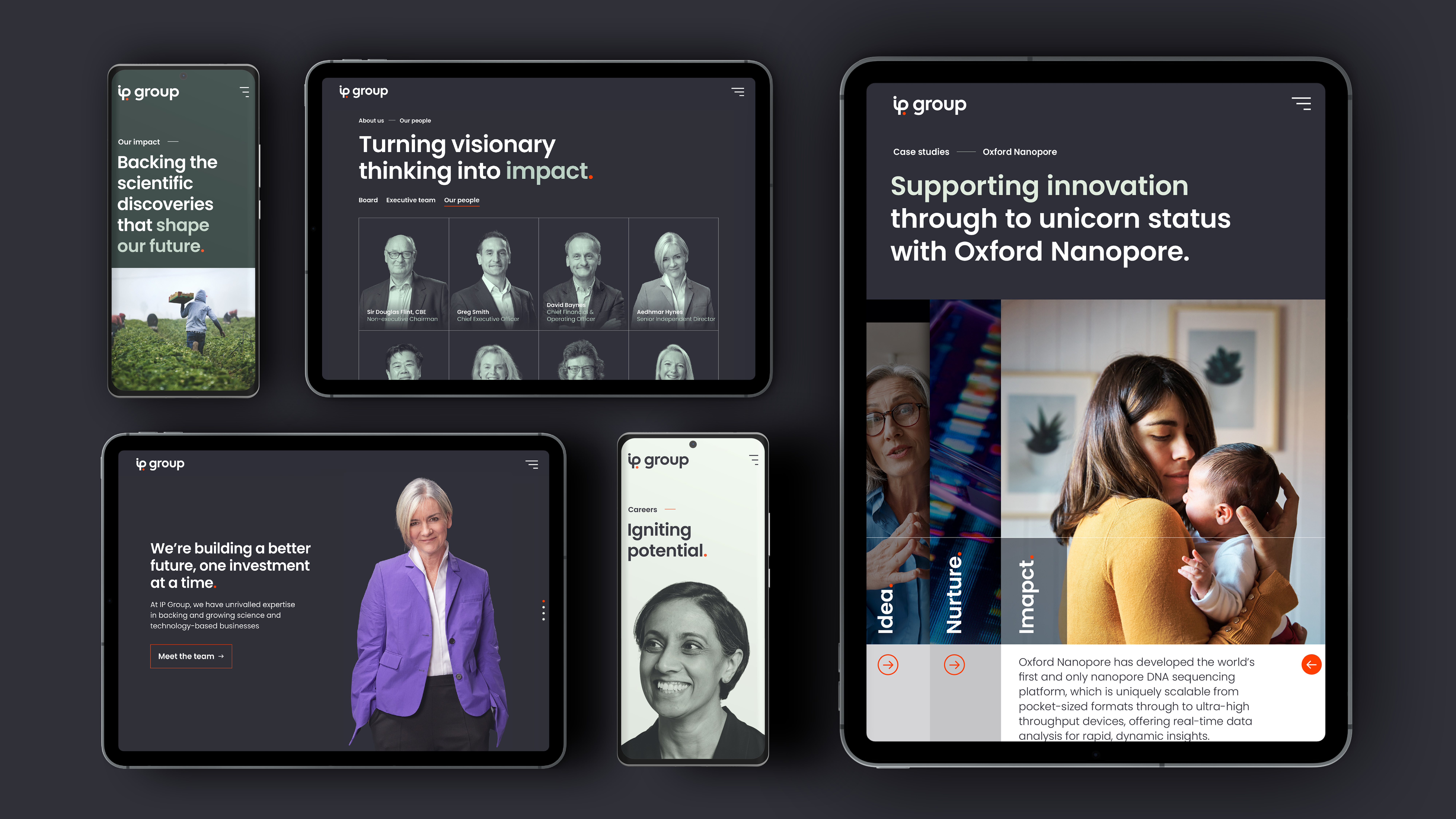
3. 3D morphism: Entering a whole new dimension
Neumorphism, skeuomorphism and glassmorphism: all beautiful ways to bring dimension and texture to the digital world. Here’s a quick primer:
- Neumorphism: Also known as ‘soft UI’, this technique uses soft shadows and gradients to create interfaces that have depth and look supremely tactile.
- Skeuomorphism: This means designing things to recreate interface elements that look and feel like the real world. Think: buttons that look like actual buttons.
- Glassmorphism: By using layers of transparency and blur effects, we’re able to create clean interfaces that looks as though they’ve been etched in glass.
In a world of minimalist UI where function drives form and interfaces can often feel flat and uniform, 3D morphism embraces playfulness, immersion and tactility. More on how we’re incorporating this into our work soon.
4. Bento boxes: Serving up more snackable content
You’ve probably encountered these in the wild through dashboard interfaces. Inspired by the Japanese food tray, bento box grids resemble their namesake: small, differently sized containers help compartmentalise information and drive user engagement. They’re responsive, highly versatile and easily adapted to create visually pleasing layouts – and we’re big fans.
We spotted the perfect home for the bento box on Coca-Cola Europacific Partner’s new global website; they offered a great way to tell richer narratives that went beyond the usual static stats and facts. Snackable content, including videos, news stories, images and quotes, roll across the screen to tell and build a story. As you can see, it’s also a fun way of reflecting the seamless, structured flow of CCEP’s factory process – so inherent to what their business is known for and associated with.
5. 3D elements: Digital design is shaping up
With all the talk of minimalist versus maximalist design, 3D is often written off as a passing fad – but it’s a trend that’s here to stay. As device, browser, AR and VR technologies develop, expect to see more seamless integration of 3D into digital ecosystems.
But what do 3D elements offer, exactly? Interactive 3D design mimics realistic textures, shapes and movements, lifting design from flat, static form to something more robust and immersive. Think 360 product views (BMW), virtual changing rooms (Ray-Ban) and dynamic brand worlds that give users a more tangible and emotive brand experience.
As digital designers, Apple’s Metal framework is our current go-to. Its Metal Performance Shaders are able to bring a pretty vivid sense of realism to 3D design. This then allows us to develop interfaces that look and behave just like metal – bringing the physical world even closer to the digital.
6. Kinetic typography: Keep on moving
If typography is the bread and butter of good interface design, kinetic type is making its presence known. For the uninitiated, kinetic typography combines type, storytelling and motion to create a more engaging user experience (Burger King, Apple and Nike are the kinetic masters).
“Kinetic type will begin to emote and connect with users in fresh and surprising ways.”
By varying size, colour, and directional movement, we can bring words to life and make them more central to a brand’s narrative. In 2025, we can expect to see much more of this – on websites, social media, and within branding toolkits. Combined with 3D technology and AI, 3D typography, the humble staple of any brand kit, will start to emote and connect with users in ways that feel fresh and surprising.
7. Conscious design: No longer optional
It’s clear that the digital world should be for everyone. But we also can’t ignore the fact that increased digital usage contributes to greenhouse gas emissions and global warming. As digital designers, people and planet must be front of mind.
Conscious design principles, covering everything from responsible AI usage to sustainable and accessible design, have become central. This has far-reaching implications on the way we design – with a focus on making a website or app fit for its entire lifespan, rather than for product launch alone.
Conscious design is what led us to create our own CO2 mode for this website – incorporating grey scaling, zero animation, and the ability to disable auto-play on videos. All of which reduces our carbon footprint, improves load time, reduces data usage for those on mobile, and makes for a better experience for a wide range of neurodiverse users.
So – these are the trends and techniques not to ‘watch out for’ in 2025, but to get amped up and excited about. As a digital designer, nothing boosts the dopamine levels quite like an optimal user experience – creatively designed and artfully delivered. And technology provides new and previously unimagined ways for brands and digital designers to do just that.
Get in touch to learn how thoughtful design can transform the digital experience.
